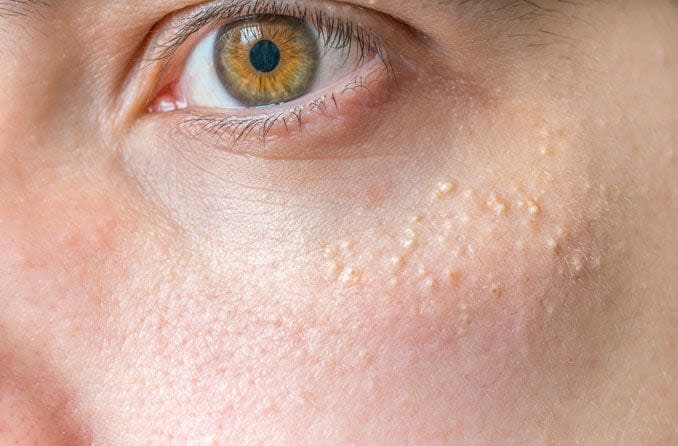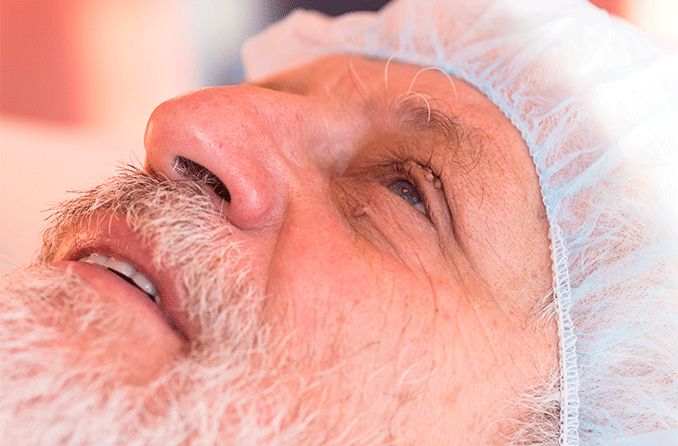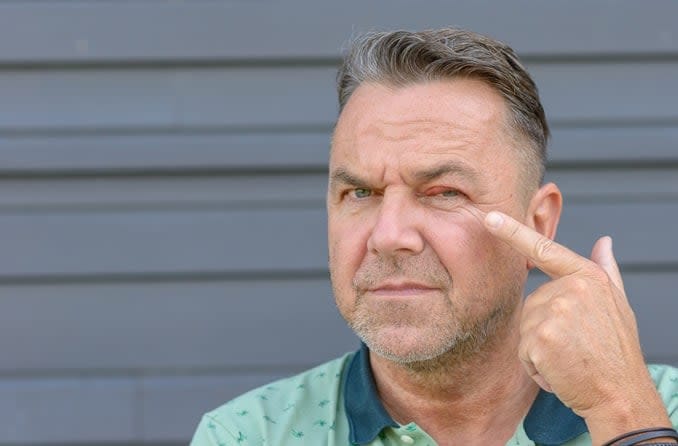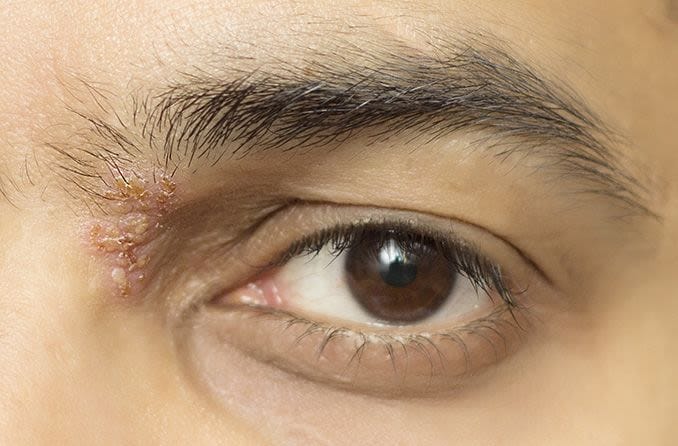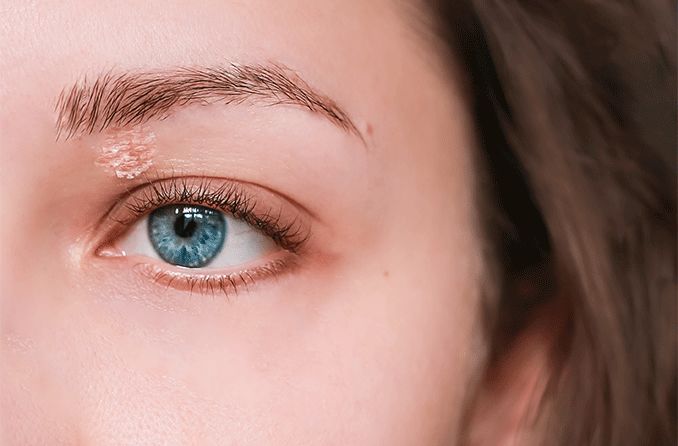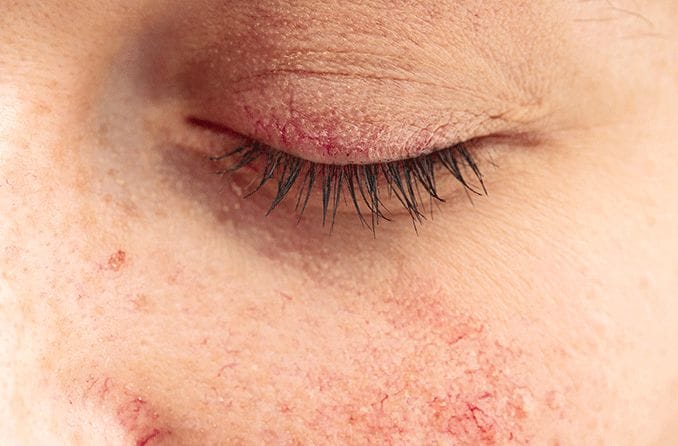Milia removal and treatment
Milia often will disappear over time without treatment. A type of milia that affects newborns (neonatal milia) usually goes away within a few weeks.
Milia affecting older children and adults often last longer. Many people seek treatment of long-lasting milia for cosmetic reasons.
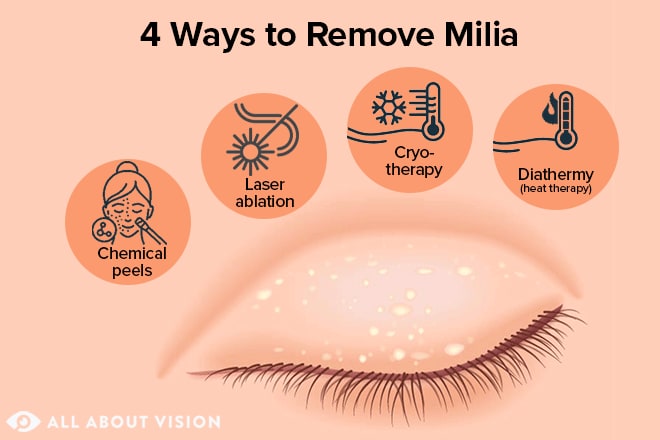
Milia on eyelids and under eyes often are persistent. These should be removed by a dermatologist or an ophthalmologist who specializes in cosmetic eye surgery.
Procedures used for milia treatment include:
- Chemical peels
- Laser ablation
- Cryotherapy (freezing)
- Diathermy (heat therapy)
Sometimes, it's safe to remove milia occurring away from the eyes at home with a sterilized needle, lancet or comedone extractor.
SEE ALSO: What a bump on the eyelid called a chalazion looks like
Comedones — also called blackheads and whiteheads — are the primary signs of acne.
A comedone extractor is a hand-held, pencil-shaped skin care tool. It usually has a sharp lancet on one end and a small looped or spoon-shaped extractor on the other end.
Comedone extractors are used to open and express the contents of pimples, acne lesions and milia. Be sure to clean and disinfect a comedone extractor with isopropyl alcohol before and after each use.
Do not attempt to remove milia on your eyelids or under your eyes at home with a comedone extractor. Treatment of milia near your eyes should only be performed by a medical professional.
If you have persistent milia on your eyelids or near your eyes, see an eye doctor to discuss the best (and safest) treatment options.
RELATED READING: Skin tags on the eyelids
